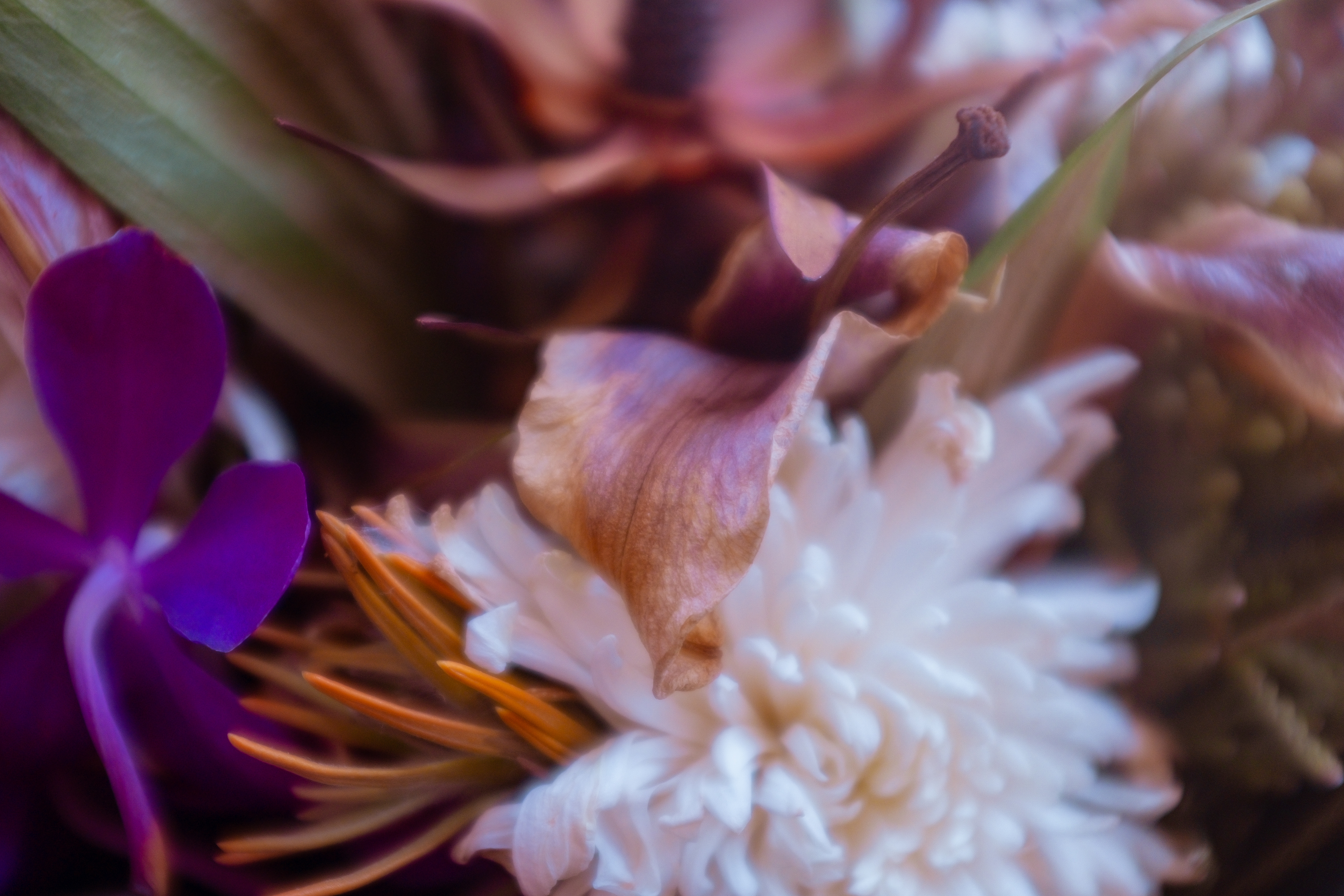CONTEXT
In 2019, I produced an artist book entitled The Pilgrim Poet Who Forgot How to Move to convey the fear of flight, resulting in the unprecedented loss of groove to travel. The project documented resistance through various ephemera archives collected during sojourns accompanied by anecdotes of remembering. With Covid-19 in the loom, this sense of mass standstill heightens the fever of the pilgrim poet.
For this chapter, I am going to reopen this departure point for the Hijrah chapter of A New Sacred, reveling in the persona of the pilgrim poet again. Hijrah ( الهجرة) is an Arabic word meaning “departure” or “migration,” among other definitions. For my personal vestations however, Hijrah is used in the context of articulating the translation/mistranslations of crossings and scatterings, meandering streams of past possibilities, future archives, present historicities. This will be an ironic but rather profound gaze toward passages, wanderings and journeyings in a world occupied with a border collapse.
This chapter questions the acts of poetic pilgrimage. How can the body be in nearness with the sacred again? What movements within and around us can honour that spiritual relationship again? How does the pilgrim poet who forgets how to move reclaim his rituals once more? What gets lost, recovered, discovered during this process? Operating under the a/r/tographic method, the residency will be guided by reverberations- arriving and departing to a series of becoming and unbecoming- oscillating roles as the practitioner/researcher/educator in reflective, reflexive, recursive, and responsive acts of living the above inquiry.
Translations and migrations
•Articulations and Mistranslations in times of border collapse
•Imagination and re-imagination of
•Series of wandering and movement, the arrival and departures
•Embracing the new modes of being and feeling and seeing within the physical, virtual and liminal
•Autoethnographic exploration of "Pilgrim Poet".
•Articulations and Mistranslations in times of border collapse
•Imagination and re-imagination of
•Series of wandering and movement, the arrival and departures
•Embracing the new modes of being and feeling and seeing within the physical, virtual and liminal
•Autoethnographic exploration of "Pilgrim Poet".
PROLOGUE : RESIDENCY AT DBLSPCE
A New Sacred prologues with personal exercises that gradually segues into a collaborative activation entitled Drawing the Border of Water with the Migrant Writers of Singapore and students from Nanyang Academy of Fine Arts, as ways to converge the platitudes of research, praxis and pedagogy. The unfurling of personal enquiry will simultaneously occur with the showcase as artistic duets- within the space as live inquiry.






